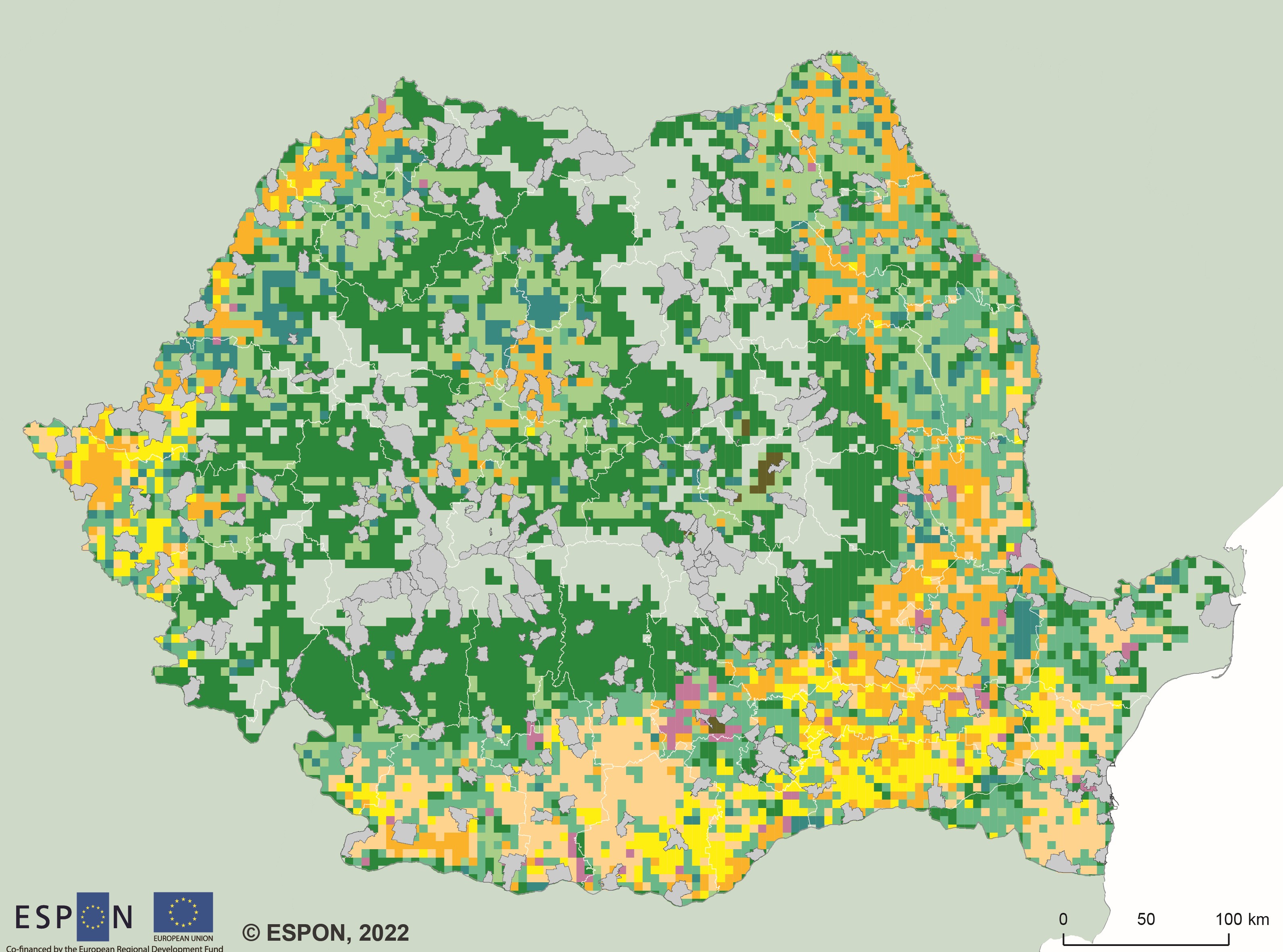
Functional rural areas in Romania
Policy paper
January 12, 2023
At the European level, there is a raising interest in developing a common, operational definition of functional rural areas. Acknowledging the important role that rural areas play and in securing a prosperous future for these, it has become more obvious that the rural space needs to be analysed taking into consideration its own specificities and looking for particular indicators. The work on developing the concept on Functional Rural Areas is still ongoing, but it is unveiling itself as a complementary perspective to Functional Urban Areas (FUAs), rather than being presented as the spatial negative imprint of these.
These reflections have been seized by Romanian national authorities, as in Romania, rural areas occupy 87% of the national territory and hosted, in 2019, a population of around 9 million inhabitants (approx. 46% of the total population) (MDLPA, 2020). In this context, an on-demand study has been commissioned by the ESPON EGTC for Romania, with the aim to support the on-going legislative process in Romania, focusing on proposing a methodological framework for defining the functional rural areas in national context.
For developing a general frame for delineating the Romanian functional rural areas, a series of indicators and datasets were considered, that would provide an integrated overview of the economic dimension of the Romanian rural space. This would enable the investigation of the links that contribute to creating functional, strong territorial ties. As a third step, after the creation and analysis of the spatial database, the delineation process began, ensuring that in the clustering process, all people have an equal/enhanced access to quality public services (such as transport/mobility, housing, health, education etc.). The study presented two potential working versions of the functional rural areas, emphasizing the potential policy design needed and planning interventions.
Although this is mainly a theoretical exercise, (with its limitations, due to the short timeframe – of only 2 months), the main results of the study emphasized that when defining the functional rural areas, there is a need to address two objectives, that are linked: maintaining / enhancing the territorial cohesion at the rural level, from a spatial and social perspective, and developing, as a complementary action, more competitive metropolitan areas, from a territorial perspective.
